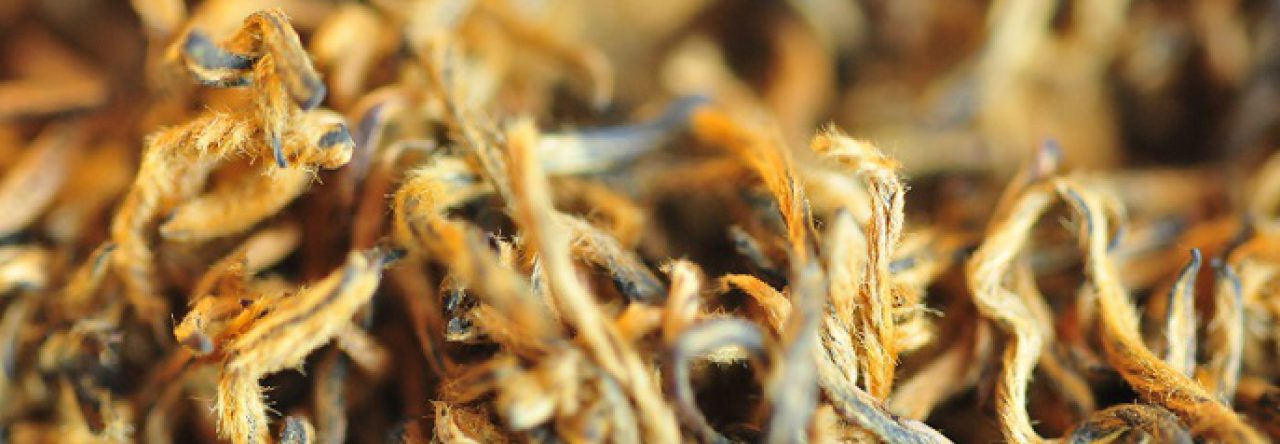Tea is more than business but is about trustful friendship.
Since I started to promote pure quality tea, I started to search for low pesticide or even organic quality Oolong tea that is being processed according to the traditional fermentation and roasted by wood. In the early 2002, the internet technology was not that advance as today, so as you can imagine that the searching of right information and honest suppliers has been a very frustrated journey. Luckily hard works, time and expensive telephone cost paid off at end. With Luck I have the pleasure of knowing KP who at that time worked for a tea estate in Fujian. KP was very honest with all the information, for example they used the organic fertilizer and very little pesticide. Most importantly, KP understood the traditional flavor and taste that I had in my memory and was willing to repeat the roasting process according to my demand.
For years, the cooperation with KP confirmed tea is more than an import/export business relationship, but it is about building and sustaining a trustful friendship.
Later KP told me he bought a small tea ground of Tie Guan Yin which has been abandoned for at least 5 years and later he acquired another abandoned farm ground to plant Mei Zhan and Jin Xuan Oolong in a very remote area in Mei Shan. He manages it according to the principle of keeping the ecological harmony, i.e. use the natural organic fertilizer, pesticide-free and limit the picking only in the Spring season. His motivation is very plain and straight forwards – For his health, he needs tea that he dares to trust for its purity and pesticide-free.
Difference between the normal organic tea plantation vs. ecological tea plantation
Organic tea plantation
As you can see that even in the resting period, even though there are some grass on the walking path, tea trees were trimmed and the tea plantation is looking pretty clean and neat
Ecological tea plantation
During the same period of time, the ecological tea plantation is an exciting playground for many insects, grass and flowers. Because Tie Guan Yin tea trees survived from not having fertilizer and human disturbs, so the growing path is in very irregular shape and some are growing much taller than the normal bush-type of tea plantation as we can see from the organic tea plantation. 
When we talked in the plantation, we felt like walking in a jungle because grass were growing taller than us. The tea plantation is surrounded by trees and there are trees also between tea trees that provide tea trees natural shadow that to protect the tea tree again the burning sun.
 When the Mother Nature takes over her role, tea leaves are growing very strongly.
When the Mother Nature takes over her role, tea leaves are growing very strongly.
There are signs of ecological balance, here and there.

 Of course there are some arguments that the tea leaf quality of ecological tea plantation because often leaves were ‘kissed’ not only by Jacobiasca formosana, but also by other insects. Yes, the ecological tea leaves can lose some points on the ‘look’ but they win many more points by its smooth sweetness flavor.
Of course there are some arguments that the tea leaf quality of ecological tea plantation because often leaves were ‘kissed’ not only by Jacobiasca formosana, but also by other insects. Yes, the ecological tea leaves can lose some points on the ‘look’ but they win many more points by its smooth sweetness flavor.
In order to ensure tea trees can live longer with great energy, therefore, KP insist to limit the tea picking to spring season only. For the sake of protecting the Mother Nature, KP is willing not to consider his business profit based on small quantity of output per year. His attitude and commitment to the Mother Nature is the most solid guarantee to the purity and quality.
his business profit based on small quantity of output per year. His attitude and commitment to the Mother Nature is the most solid guarantee to the purity and quality.
Starting from 2016, KP is implementing the ecological concept further of not even using the natural organic fertilizer.
Belgium Chinese Tea Arts Centre is proudly be the exclusive partner in Europe. With this ecological Tie Guan Yin, Mei Zhan and Jin Xuan, we are not able to speak about how many quantity per season, but really can only provide limited quantity per year.
Origin: Fujian, China / Type: Tie Guan Yin / 100% pure & nature quality / 2.5g:150ml /
95-99°C / multiple infusions >6-8




Leave a Reply
You must be logged in to post a comment.